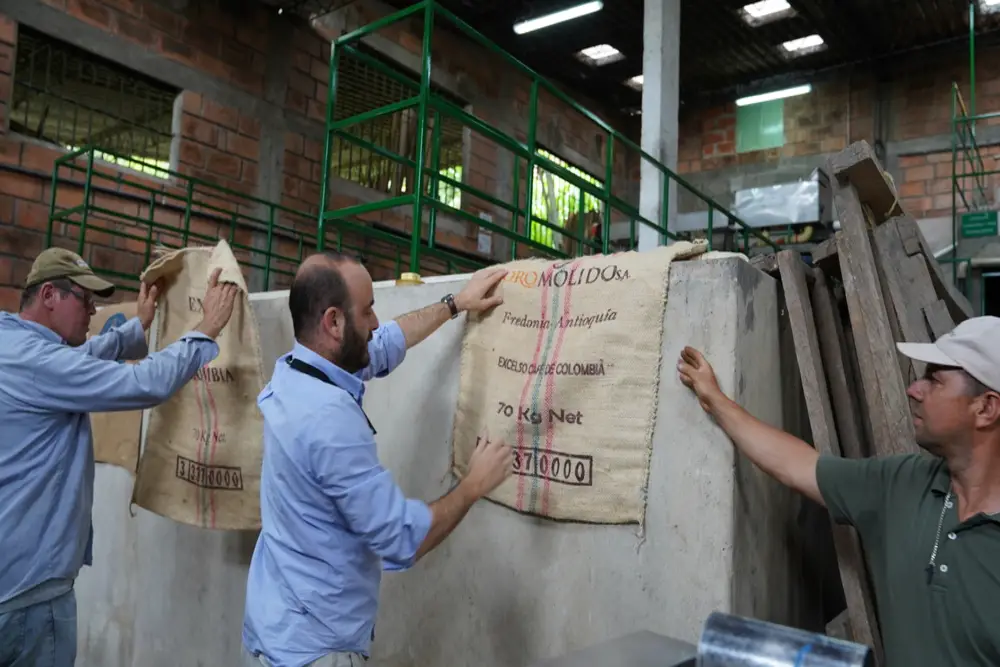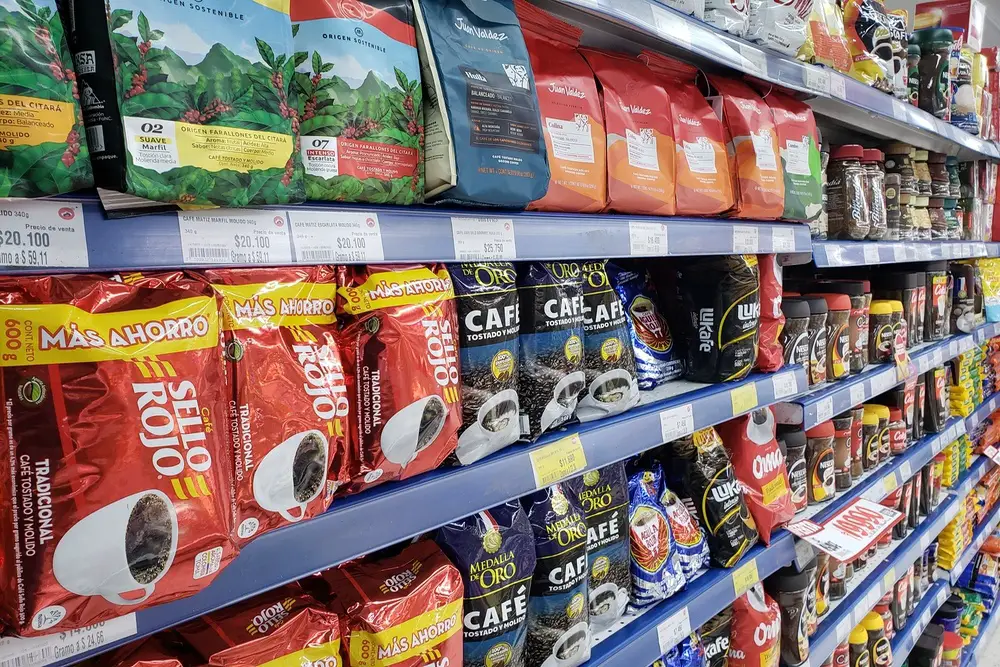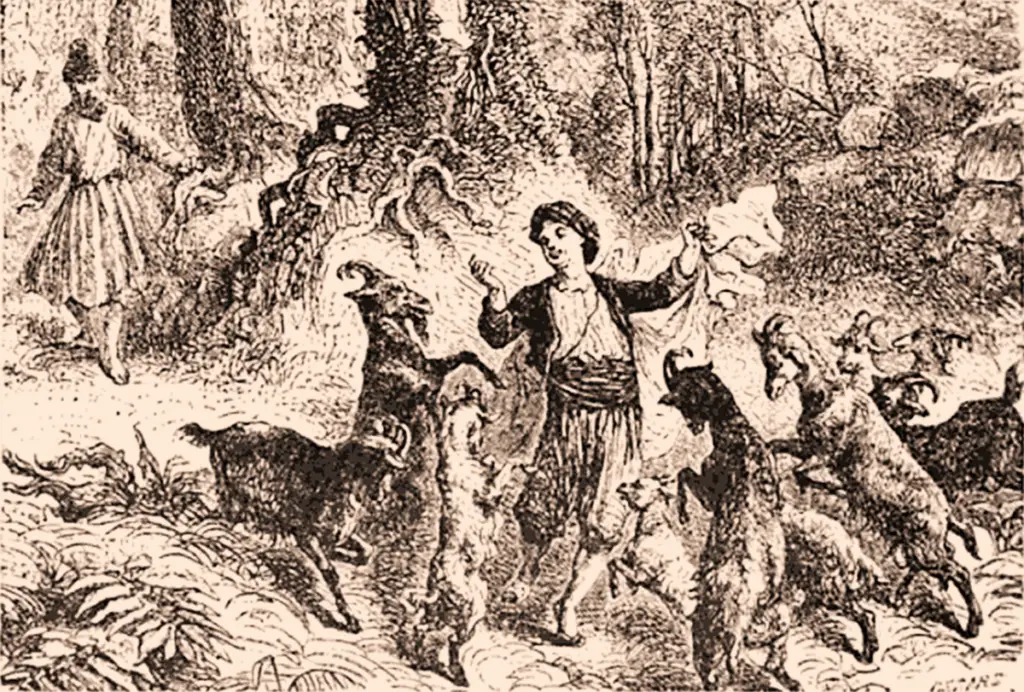A coffee packaging says something about the coffee and its taste. Also, an official looking logo is sometimes included. These two characteristics have the function of informing about the origin of the coffee.
Behind these images are some organizations that work for the rights of farmers and environmental protection. Among other things, it is about fair trade, sustainability and organic roasting. But here, too, things don’t always go as planned.
Table of Contents
Certifications
The “rare” or “uncommon” markings on the coffee packaging refer to certifications awarded by various bodies.
Certified coffees take one or more aspects of sustainability into account. This means the coffee is grown in a healthy environment, is economically viable for the farmers and promotes equality of workers in the coffee industry production chain.
However, none of the certifications cover all aspects, meaning they focus on a specific problem or need related to coffee production. This is understandable as it can be difficult or impossible for a single organization to oversee all of the industry’s issues.
The coffees can receive various certifications through their producers, but the most common are Organic, Fair Trade, Rainforest Alliance, Smithsonian Bird Friendly and Utz. Below we will review these and others.
Fairtrade
A fair trade seal on a sack of coffee means the coffee comes from a company like Fair Trade America , Fairtrade Africa or the coordinadora Latinoamericana and Caribe de Comercio Justo (CLAC) has been certified.
Fairtrade coffee means that the supply chain that produced that coffee has been audited and adheres to Fairtrade standards in areas such as labor rights and sustainability.
Fairtrade certified coffee is guaranteed to be priced above non-certified coffee to make an economic contribution to farmers and their communities. In addition, it strives for fair treatment of employees.
To be Fairtrade certified, coffee producers must be recognized by one of the various Fairtrade organizations. Fairtrade International is the world’s most recognized fair trade organization. It has several certification bodies, including Fairtrade America, which holds the Fairtrade Certification Mark license for products in the United States.
Regardless of which branch of the company awards the seal, the coffee beans must meet the same production standards.
This certification aims to improve the lives of the coffee-growing communities living in poverty, ie it is aimed at the more than 25 million small coffee producers in the world.
Organic coffee
Organic coffee is grown on farms that do not use chemical fertilizers or pesticides. In the entire production chain to the end consumer, however, there are other requirements that must be met so that the coffee can receive this seal. The seal states that the coffee was grown in harmony with nature and has not caused any damage to the environment.
Organic coffee must be processed in an organic grinder. For this reason, many roasters have separate machines when roasting organic and non-organic coffee.
Direct Trade
Direct Trade is not a specific certification, but a concept that the roasters apply to their own coffees. Direct trade means that a roaster has bought the coffee directly from a grower and not from an intermediary such as an importer.
Rainforest Alliance and UTZ
The Rainforest Alliance certifies sustainable coffee-growing practices with the aim of combating the environmental damage caused by deforestation and industrial agriculture.
The practices promoted with this seal include soil management, waste management and the use of clean water. The Alliance is also committed to adopting farming practices that are sustainable and profitable for coffee farmers.
Coffee with this seal is committed to the overall good of the industry, community and ecosystem.
The UTZ seal also aims at the sustainability of coffee cultivation. The aim was to promote good agricultural practices, improve social and living conditions and protect the environment.
As of 2020, UTZ is part of the Rainforest Alliance. Some coffee brands keep their UTZ seal but are gradually moving towards Rainforest Alliance certification.
Bird friendly
Bird-Friendly certification was developed and is overseen by the Smithsonian Migratory Bird Center (SMBC). The Smithsonian’s Bird Friendly seal means the coffee comes from a farm that uses various strategies such as tree height and biodiversity or hedges to provide quality habitat for birds and other wildlife. In addition, Bird Friendly coffee is also organic, so both seals can often be found on the packaging.
Plus, growing coffee in the shade prevents the sun from stripping moisture from the plants, so less water is needed for growth. Larger plants prevent soil erosion and protect habitat for migratory birds. It also provides shade for the workers.
This is the most rigorous certification for shade on coffee farms to date. To meet Smithsonian criteria, trees must be 12 meters tall and cover 40% of the coffee plantation. In addition, at least ten different tree species must be present.
Q Grader
Q-Graders are seals that also award certificates that focus on the sensory evaluation of green coffee. In other words, they want to train the coffee farmers to grow a quality product.
The Q program has evolved into a tool that provides expertise to coffee professionals around the world.
It helps buyers and sellers benefit from a shared understanding of quality coffee.
Carbon neutral
A carbon neutral coffee company is one that does not emit any greenhouse gases into the atmosphere through all of its activities. Measuring it is complicated, however, as there is no single, internationally recognized methodology or standards to determine whether a company is carbon neutral or not.
In theory, the coffee that receives this label must go through a process that examines the carbon emissions associated with each production step. The resulting analysis takes into account all carbon emissions, from the coffee plant to an empty bag of coffee.
Roasters Guild Certification
The Roasters Guild Certification is an official seal of the Specialty Coffee Association of America (SCAA). This certification is comprised of specialty roasters who are dedicated to the craft of roasting quality coffee and view quality as the primary measure of success.
Certified roaster
The Certified Cupper (CTC) certificate is similar to the Q Grader certificate.
It is intended to complement the Quality Coffee Institute’s Q-Grader certification, allowing for greater involvement of coffee professionals and a less strenuous certification process.
Barista Guild certification
This is another certification program run by the Specialty Coffee Association of America (SCAA) is supported. The Barista Guild Certification Program of America (BGA) was created to give baristas of all kinds the opportunity to advance their careers and hone their craft.
Other information presented with labels or images
The name of the coffee
The most important thing on a coffee package label is the name of the coffee itself, which gives the best clue as to where the beans come from. It can be an indicator of quality or trustworthiness.
The origin of the coffee
Coffee grows best in an equatorial belt called the “coffee belt.” Knowing the origin of a bean can therefore also provide information about its flavor profile.
The height at which the coffee has grown
Altitude has a direct impact on the size, shape, density, and flavor of the beans. Some of the most desirable coffees are grown at higher elevations. Coffees grown at elevations over 2,000 m (6,560 ft ) above sea level have higher acidity and a livelier flavor, while coffees grown at lower elevations tend to be more earthy.
The higher the altitude, the longer it takes for the coffee cherries to ripen. This delay in ripening allows the cherries to develop more sugars, which bring out interesting flavors and acidities.
The kind of coffee
Coffee is a product that comes in many varieties. There’s Caturra , Bourbon, Typica , Gesha , Pacamara , SL28, and Catuai , among many others. There are dozens of types of coffee that produce different flavors in the cup.
The processing method
Another term found on the label of a coffee package is “processing”. This term refers to the method used to ensure the harvested coffee does not spoil. There are a number of unique methods, but they all fall into the general categories of wet or dry.
The coffee bean is surrounded by a husk, pulp, mucilage, and parchment. The wet process is usually labeled “washed” on the label. This suggests that after removing the pulp from the coffee cherry, the slime still clinging to the parchment was washed off with water. This wet process removes many impurities from the coffee, but it can also remove the coffee’s natural flavors.
With the drying method, the cherries are simply spread out on the ground or in raised beds to dry in the sun. They are raked at regular intervals and covered overnight.
Flavor notes
The flavors listed on a bag do not necessarily correspond to the taste experience you will have in the cup. Every palate is unique, and different palates always perceive taste differently.
The flavors that appear on the label of a bag of coffee are the roaster’s unique flavor notes. While the roaster might taste “caramel and apple,” another person might taste “honey and pear.”
However, these indicators are a useful guide for consumers to differentiate between sweet, savory, floral, fruity, earthy or herbal coffees when making their purchasing decisions.
What other interests might the promoters of certification have?
Historical background
The beginnings of the coffee certification movement date back to the founding of the Dutch fair trade program “Max Haavelaar ” in 1988, initiated by Francisco Vanderhoff , a Dutch priest who had been working with a farmers’ cooperative in southern Mexico.
Around the same time, environmental researchers began to document the decline in biodiversity as a result of the mechanization of cooperatives. This prompted the Rainforest Alliance to create their coffee certification program in 1993, and in 1996 the Smithsonian Migratory Bird Center created the “Bird Friendly” certification.
The focus of the coffee certification movement was based on the basic requirements for ensuring human dignity as set out in the Universal Declaration of Human Rights.
Producers conflict with the implementation of the seals
Fair trade coffee had a bad reputation when it came to grading, so specialty coffee companies, even those sympathetic to fair trade goals, considered it a bad deal.
Also, these companies didn’t like activists being able to judge the coffee world. Especially since the activists seemed to disagree on which was more important (farmers? poultry? agrochemicals?).
This problem was solved in the 2000s and 2010s when the quality labels became very popular thanks to various initiatives by non-governmental organizations, certification organizations, companies and donor organizations such as the US Agency for International Development to address the issue of qualification and at least for some growers rewarding markets create.
You also have to keep reminding yourself that s certifications are partly a business model. As in other industries with certifications, there is a risk that certifications will be issued as soon as payment is made, even if actual compliance with the requirements is not checked.
Criticism of the labels
Rather than coalesce, the certification movement has fragmented. Fair Trade certifier Transfair USA has renamed itself Fair Trade USA and has broken away from the International Fair Trade Alliance to certify individual farms, bringing small, unorganized farms into the system, as well as large farms, which has led to a major rift in the fair trade movement.
Fair Trade certification requires producers to organize themselves into transparent cooperatives to demonstrate that they are investing appropriately in social welfare. However, these requirements do not apply to traders and roasters, who have a far greater share of the added value in the coffee chain than the producers.
While roasters are required to offer a premium when buying coffee, they can otherwise do whatever they want, including treating their own employees poorly. But that’s obviously something that’s not being said openly.
Likewise, organic certification requires a number of practices on the part of producers and there must be a clear and verifiable supply chain for the certified product, but once it reaches the roaster, the scrutiny ends.
The Bird Friendly label does not expect traders and roasters to work to eliminate threats to migratory birds from urban sprawl and other environmental hazards in their own areas.
The broader social consequences of these initiatives are rarely assessed. Studies suggest questions like: Are cooperatives democratic, have they not only led to more self-determination on the market but in society as a whole?
Wild certifications
Any certifications are also printed purely for advertising purposes. Although some of these look very important and also very beautiful, they mean absolutely nothing in reality.
Conclusion
For coffee, as well as for many other products, there is a large number of certifications and the normal consumer can only understand them with great effort. It is impossible for consumers to check the authenticity and compliance with all certified practices.



